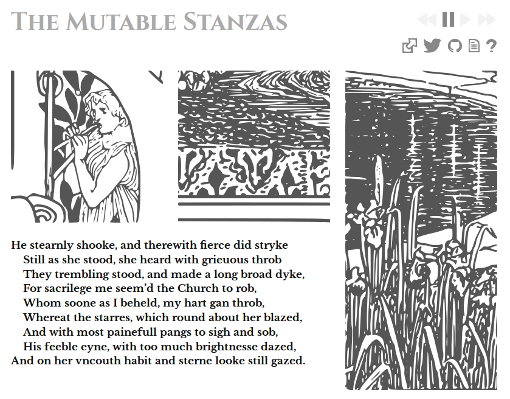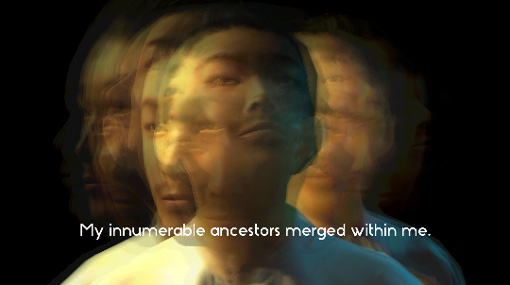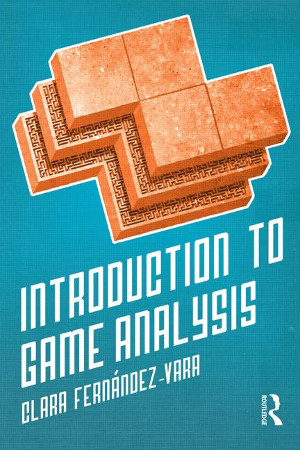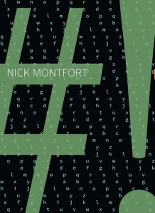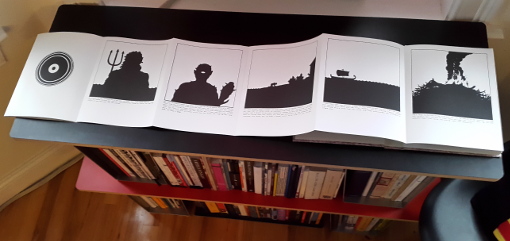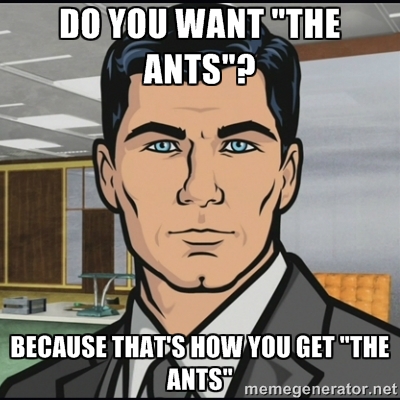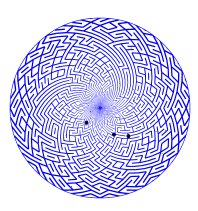USgamer features a new interview with Zork co-author and all-around Infocom implementor Dave Lebling. Very nice!
The opening flourish of the article, though, implies that in the days of Adventure, people used either green-on-black or amber-on-black video terminals to access computers, and players would see glowing letters and the “darkness of an empty command line.”
This is actually fantasy, not history. As I’ve written about in “Continuous Paper: Print interfaces and early computer writing,” as others have experienced and noted, and an amazing binder of print terminal output from an MIT student testified to me, a great deal of very early interactive fiction interaction was done on print terminals, including but not limited to the famous name-brand “Teletype.” A few people (including Lebling!) had access to top-notch video terminals, but lots of interaction was done on paper.
Will Crowther even wrote the original version of Adventure in Fortran on an ASR-33 Teletype.
So, when writing and first playing Adventure, perhaps the space that you would see on the paper is intentionally left blank – but you aren’t likely to be eaten by a grue.


